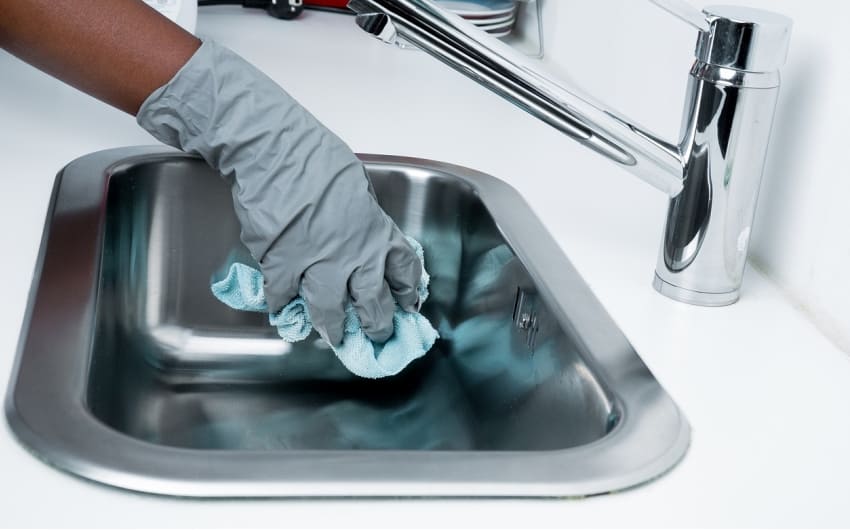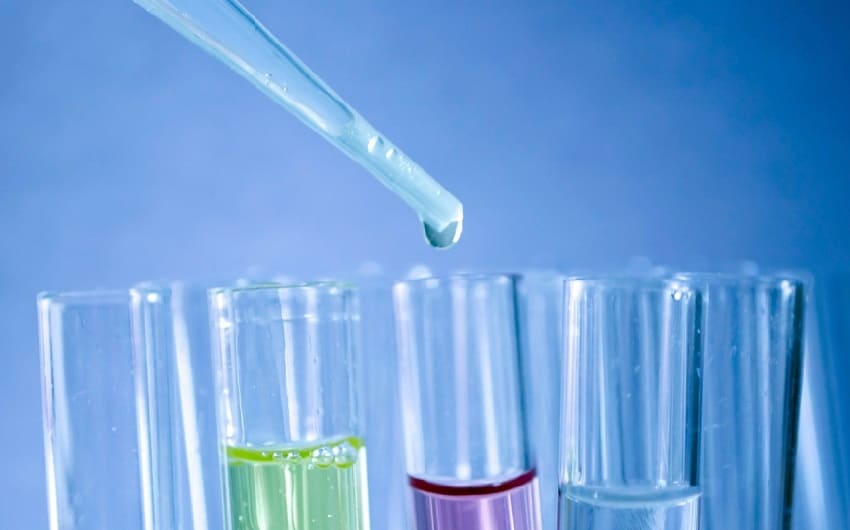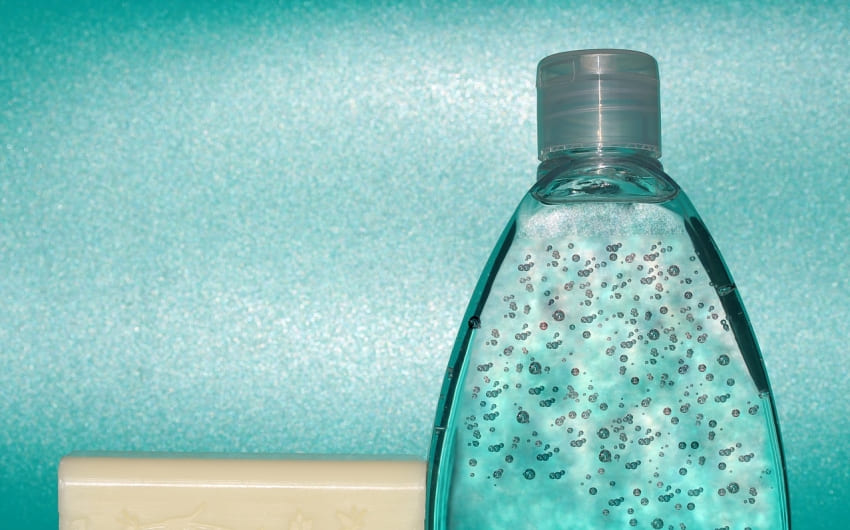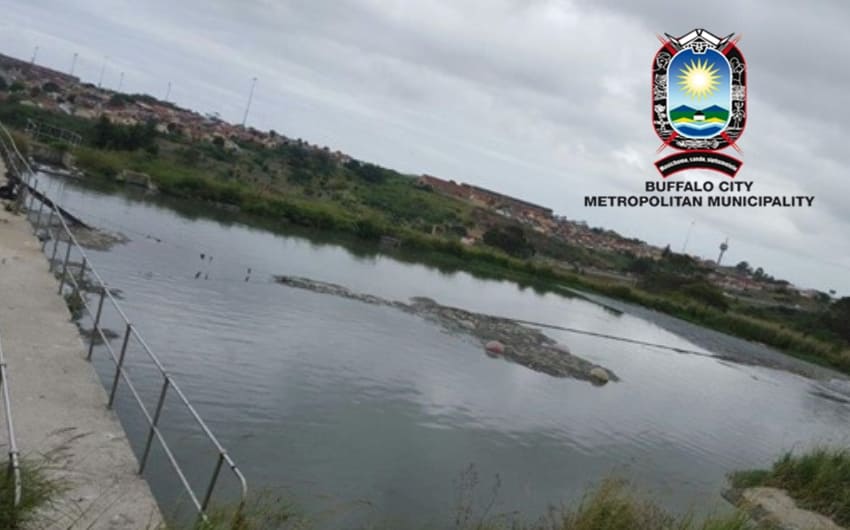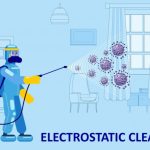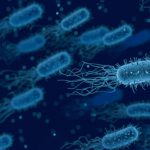
How does soil contamination affect the environment
When we think of environmental contamination, we often immediately think of water or air pollution. However, soil contamination is a leading source of widespread environmental pollution -contributing to air and water pollution as well as being a major source of toxic substances entering the food chain.
Common sources of soil contamination:
- Mining activities: This includes soil contamination from slag heaps, such as those found in and around Johannesburg from gold mining. Contaminants produced through mining activity are left open to wind distribution and rain runoff into soil and streams. They include heavy metals such as Uranium, and chemicals such as arsenic.
- Industrial effluents and by-products: Manufacturing releases a range of toxic chemicals, compounds and heavy metals into the environment. Soil contamination can arise from contaminated water, from toxic by-products being buried in insecure containers, or from air pollution. Airborne pollutants can fall back to earth through rain – contaminating soil and water. An example is sulphur, which produces so-called ‘black rain’.
- Agricultural residues and practices: Fertilisers and pesticides can cause extensive environmental pollution, through contamination of both soil and water. Crop irrigation also introduce salt pollutants that build up in the soil, and animal contaminated animal waste can add toxic substances to soil.
- Landfills: A huge number of contaminants – from chemical compounds to microplastics, enter soil from landfills.
- Domestic and commercial effluents: Sewage can contain large amounts of contaminants from cleaning chemicals, fats and greases and plastics. While most of these contaminants will end up in the ocean, they can also leach into soil. Toxic chemicals can build up in soil around marshes, riverbanks and in the surrounding earth – especially if the land is low lying and gets flooded.

How contaminants in soil impact the environment – and our health:
Water contamination
Contaminants in soil will eventually leach into groundwater, wells and aquifers. They can also get into nearby streams, ponds, dams, and rivers through erosion and run off when it rains. This can cause widespread contamination of the environment, rendering the water poisonous to drink, killing or deforming fish and other aquatic life in rivers and coastal waters, and spreading the contaminants to other areas.
Food chain contamination
Contaminants in soil can affect crops, animals and people in a number of ways. The damage can be direct, with contaminants damaging plants and destroying crops. It can also be indirect, with the contaminants entering the food chain and drinking water. It depends on the type of contamination, and the extent of the contamination.
For example, salts from irrigation water can build up in soil over time, stunting plant growth, lessening the nutritional profile of crops, and eventually making the soil ‘barren’. Other compounds, including some found in traditional cleaning chemicals, can build up in plant and animal tissue to toxic levels. Plants are highly efficient at taking up heavy and radioactive metals, chemicals from effluent and pesticides from the soil. This can poison animals as well as people who eat the vegetable produce, or meat from contaminated animals.
Some substances can be highly toxic in tiny quantities. Mercury is one such substance; this can cause birth defects in animals and people.
Air contamination:
Contaminants in soil get churned up into the air by agricultural processes, and other physical disturbances. Particulates in dry soil are also carried into the air by wind. Many of these contaminants remain airborne, continuing to circulate through the air. Toxic substances are breathed in by people and animals, or fall back to earth in other areas, further polluting the soil, water and food chain. This includes microplastics from landfills, which have lately been found to be present in the upper atmosphere and circulating the globe.
